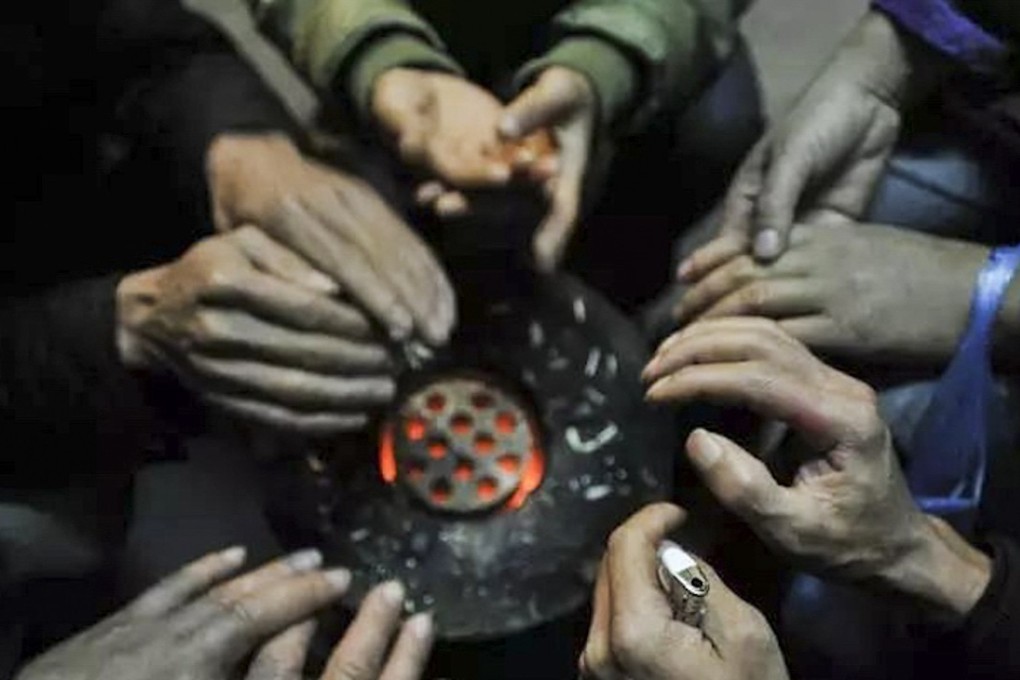China scrambles to avoid a repeat of last winter’s botched coal-to-gas conversion programme in highly polluting northern rural areas
China Gas, a major natural gas distributor, says it has lined up supply contracts to ensure it can heat a growing number of rural homes – but some analysts are sceptical as another winter approaches.

Shivering villagers in northern China resorted to burning corn cobs and wood scraps last winter because a poorly executed coal-to-natural gas conversion left thousands of them without a reliable source of fuel to heat their homes.
Now, as winter again approaches, the country’s largest gas players – like distributor China Gas Holdings – are under intense pressure to ensure demand will be met, as the central government presses on with its programme – kicked off last year – to combat choking smog by converting roughly 20 million rural households in northern regions to the cleaner source of energy by 2020.
“The gas shortage will not be as bad as last year, and the reported cases of freezing villagers will definitely not happen again this year,” Kevin Zhu Weiwei, executive director and managing vice-president of China Gas, confidently told a small group of reporters invited to the eastern coastal city Qingdao to see its operations and meet with a few villagers.
Whether distributors like China Gas as well as gas producers succeed this winter is of high-stakes importance to President Xi Jinping, who has made the “war on pollution” a top priority in recent years, even engraving the Chinese word meaning beautiful – mei li – into the country’s constitution in March. He will not want to see a repeat of buddled-up schoolchildren shivering outdoors, trying to get warmed by the sun.
Yang Hongjun, who lives on the outskirts of the city known for Tsingtao beer, recalls awaking in past winters to shovel coal into the stove to keep his family warm. But last winter, after his home was converted to natural gas, he slept through the nights, even when it was freezing cold outside.
“Gas is much cleaner, more convenient and safer,” Yang recently said in his country home on a cold, drizzly afternoon.